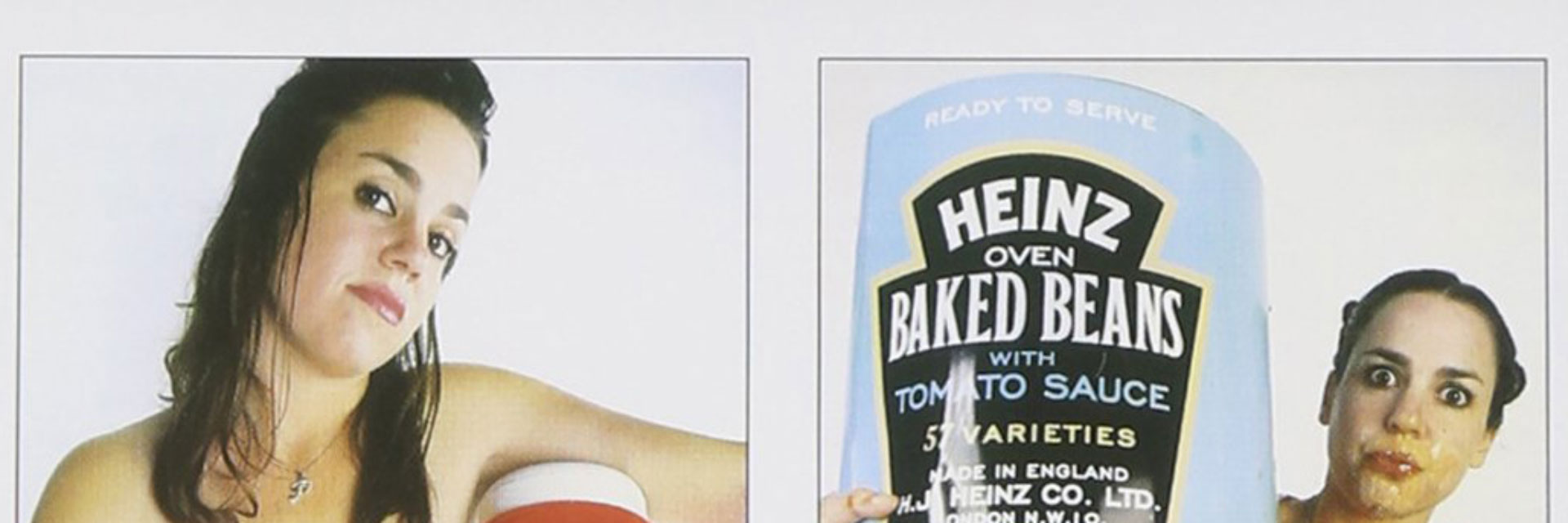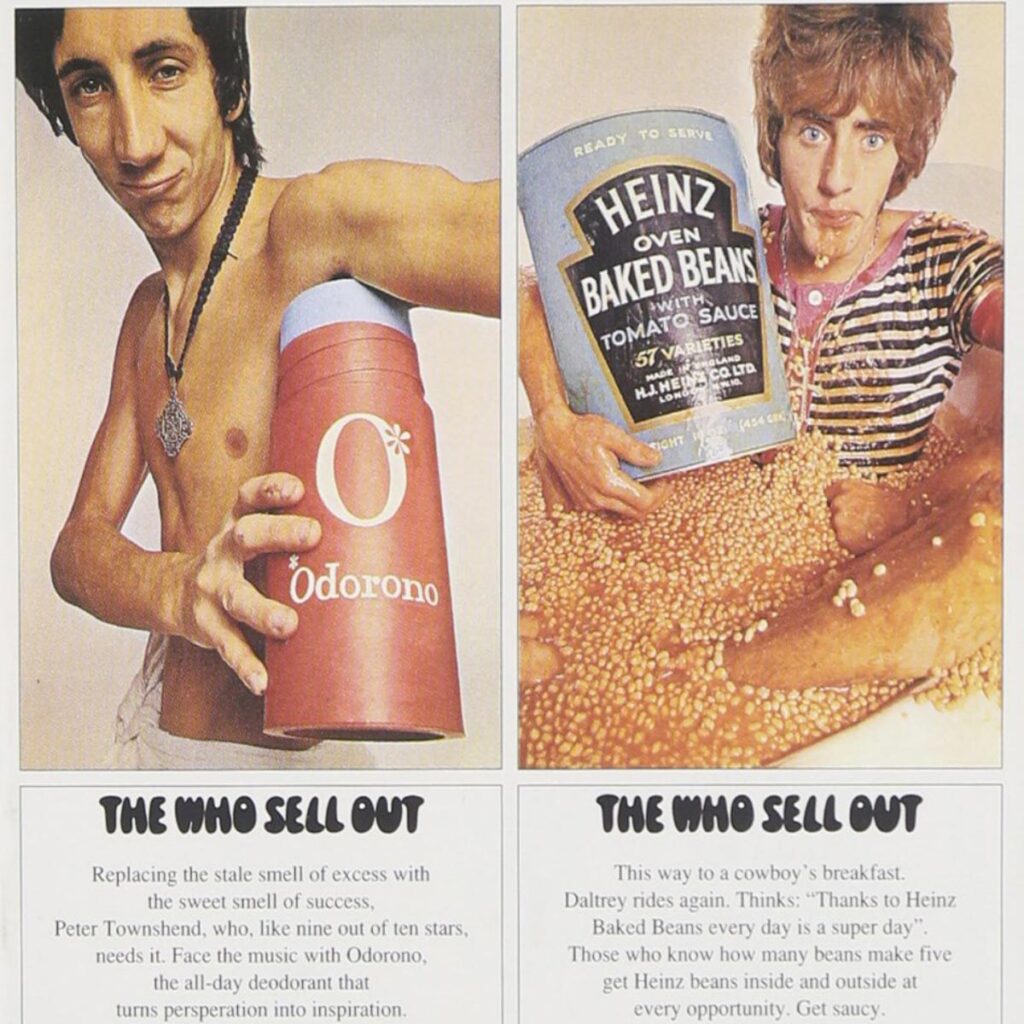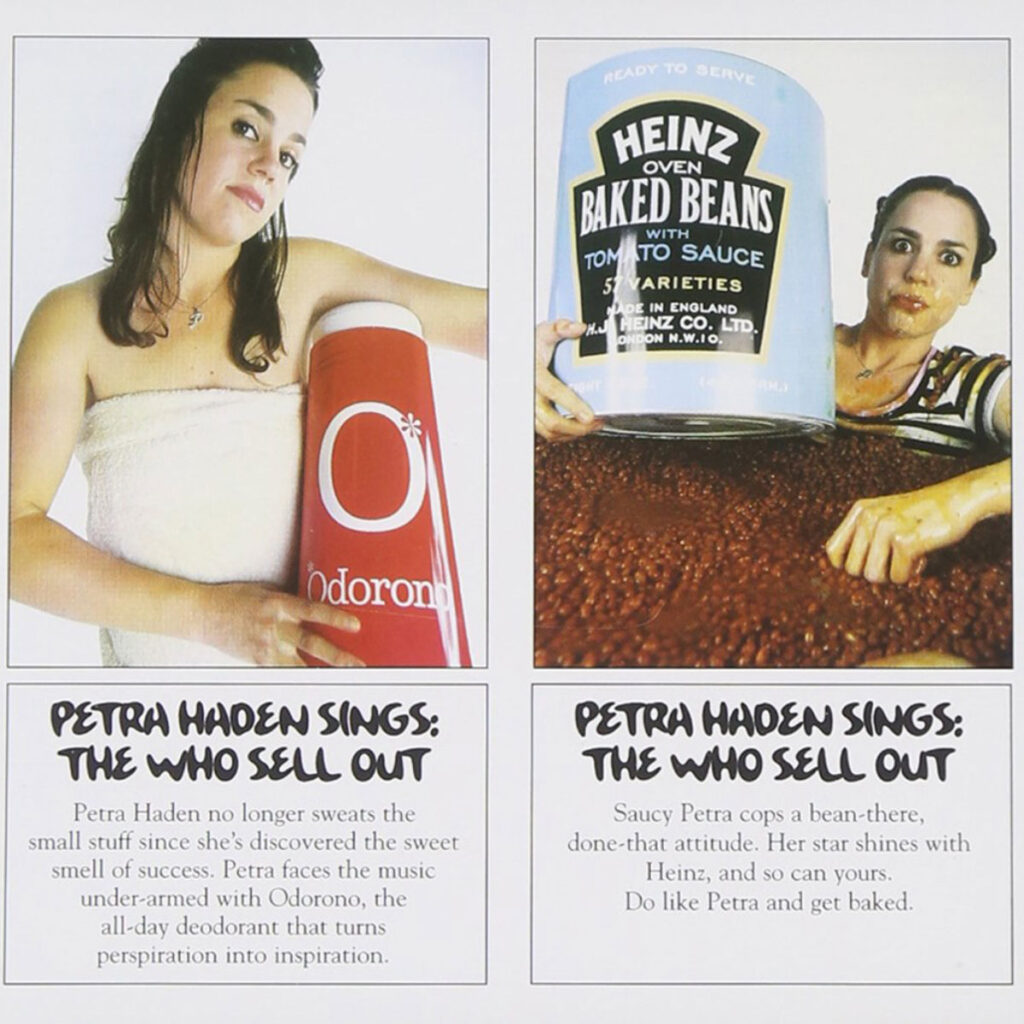1967 was the big year of psychedelia. It wasn’t just about LSD, the summer of love, colorful fantasy outfits, sitar sounds and slightly rapturous melodies. Psychedelia also meant: sound collage and Gesamtkunstwerk.
1967 was the big year for early concept albums. It saw the release of Sgt. Peppers by the Beatles and Frank Zappa’s Absolutely Free – albums that incorporated sound snippets, noise experiments, snippets of conversation, ironic distortions, musical montages and music-historical quotations – a mixture that was intended to suggest something like an “aesthetic context”. Because that was the idea behind the concept album: the whole is more than its parts. And the concept album doesn’t have to tell a story, it doesn’t have to be stringent – more like a kind of happening. Psychedelic, in other words.
The British band The Who also planned a concept album in 1967. It was their management who came up with the idea of suggesting a radio program as an “aesthetic context”, i.e. putting station jingles and commercials between the music tracks. This wasn’t a bad fit, as The Who were already earning some money on the side by producing commercials. In addition, the British pirate radio stations to which rock music owed so much had just been banned in the summer of 1967 (the BBC hardly played any current songs at the time). So the new Who album became a declaration of love to “Wonderful London Radio”, the legendary pirate radio station that had been forced to cease operations on August 14, 1967. Between the songs on the album (the most famous: “I Can See For Miles”), you can hear authentic WLR station jingles (with horns and strings etc.) as well as some (mostly fake) commercials, which the band had a lot of fun making: “What’s for tea? Heinz’ baked beans!”
But there’s more: on The Who Sell Out, the boundaries between the music and the fictitious commercials become blurred – because some of the songs themselves contain brand advertising. “Odorono”, for example, is about a singer who doesn’t quite hit it off with her manager: “Her deodorant had let her down / She should have used Odorono”. And “Medac” is about a young man for whom no acne remedy seems to help: “Then, when just about to crack / He found another cream, Medac”. Other products advertised on the album include Premier Drums, Rotosound Strings and Charles Atlas (the first bodybuilding course). The digitally remastered 1995 version of the album also features Coca-Cola, Top Gear, Bag O’Nails and John Mason’s Cars – as well as a song about the Jaguar car brand. Of course, this is all done with a lot of irony and is meant as a humorous criticism of consumerism. However, the companies concerned didn’t find it funny at all and took the band to court several times.
In any case, the theme for The Who’s album cover was clear: selling out. We see Pete Townshend with an oversized deodorant and Roger Daltrey in a whole bathtub full of baked beans. (On the back cover, Keith Moon smears himself with the acne remedy, and John Entwistle poses as “Charles Atlas” in a leopard skin together with a blonde in a leopard bikini). The layout, the photos and the witty texts underneath are advertisement parodies. Incidentally, the photographer was David Montgomery, one of the most famous American celebrity photographers. Roger Daltrey is said to have complained, however, because he had to sit in the bathtub for ages for the photo and caught a bad cold in the process. Heinz’s beans apparently came from the fridge and were “ice cold”.
The radio and advertising idea and the band’s humor made The Who Sell Out one of the best concept albums in rock history. Mike Watt, the leader of the Californian punk band Minutemen, was also a huge fan of the album as a teenager. “It was a record that told us: a band can do whatever they want and still sound like themselves.” When Watt met the singer Petra Haden, he had the crazy idea of wanting to experience the Who album in a new way. He had an eight-track cassette recorder at the time and recorded the original album on a single tape track. He then asked Petra to simply sing along on the second track – and then add more voices on tracks 3 to 8. The result was one of the most incredible a cappella albums in music history: Petra Haden sings the entire Who album – including the harmonies, rhythms and commercials. Petra Haden is the daughter of jazz bassist Charlie Haden – who was also a fearless artist.
The album cover of Petra Haden Sings: The Who Sell Out is an ingenious homage to the album cover of The Who.
The photos were taken by Alicia J. Rose, who also works with Haden as a musician and video artist. The texts under the photos are also great fun: “Petra faces the music under-armed with Odorono, the all-day deodorant that turns perspiration into inspiration.” Pete Townshend, the boss of The Who, expressed his enthusiasm for Haden’s album: “I was a little ashamed that I liked my own music so much here – in a way, it was like hearing it for the first time.” Incidentally, Petra Haden was also able to perform her a cappella version live in 2005 – with a women’s choir.
The Who Sell Out (Decca, 1967)
Petra Haden Sings: The Who Sell Out (Bar None, 2005)



